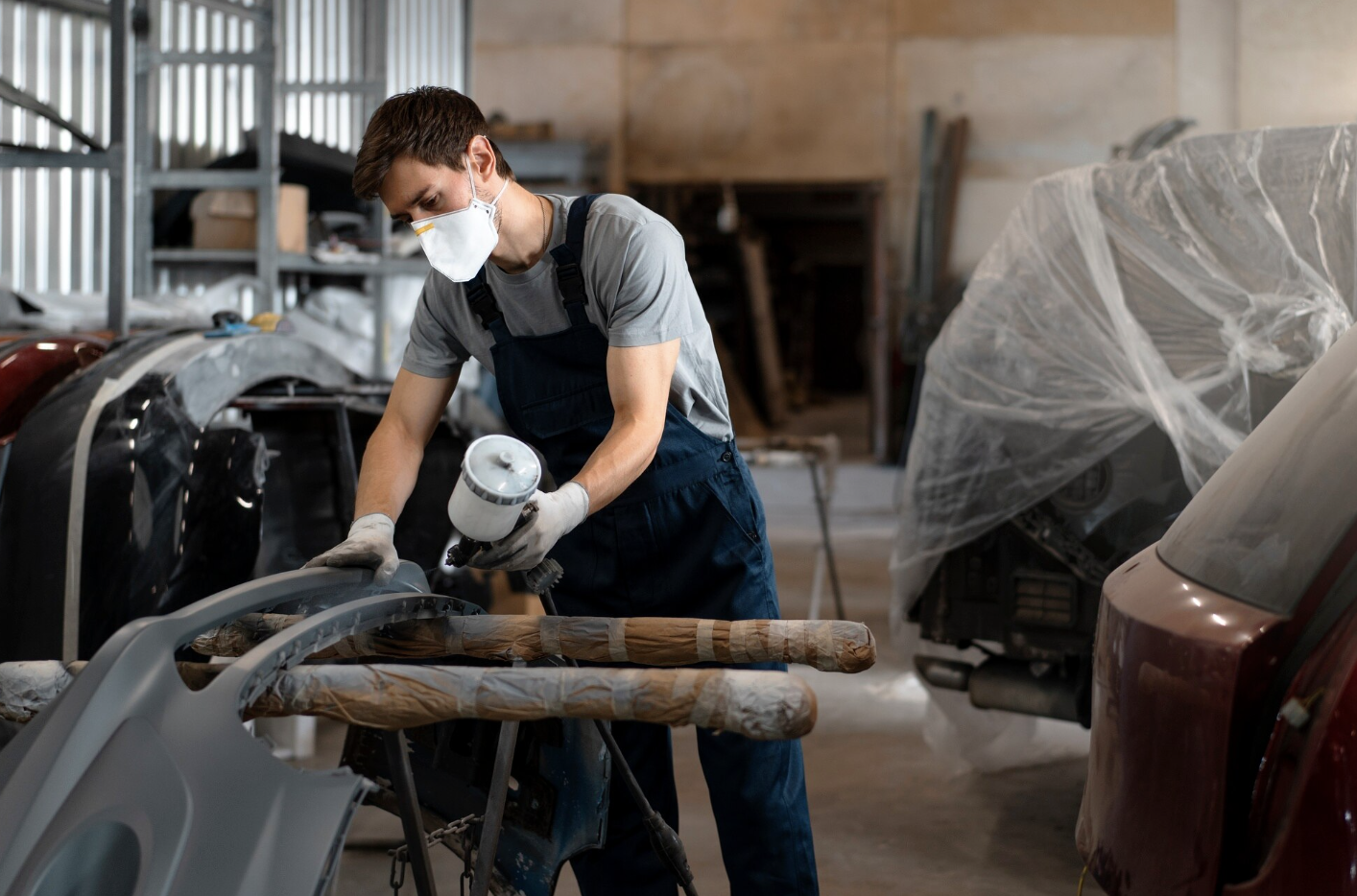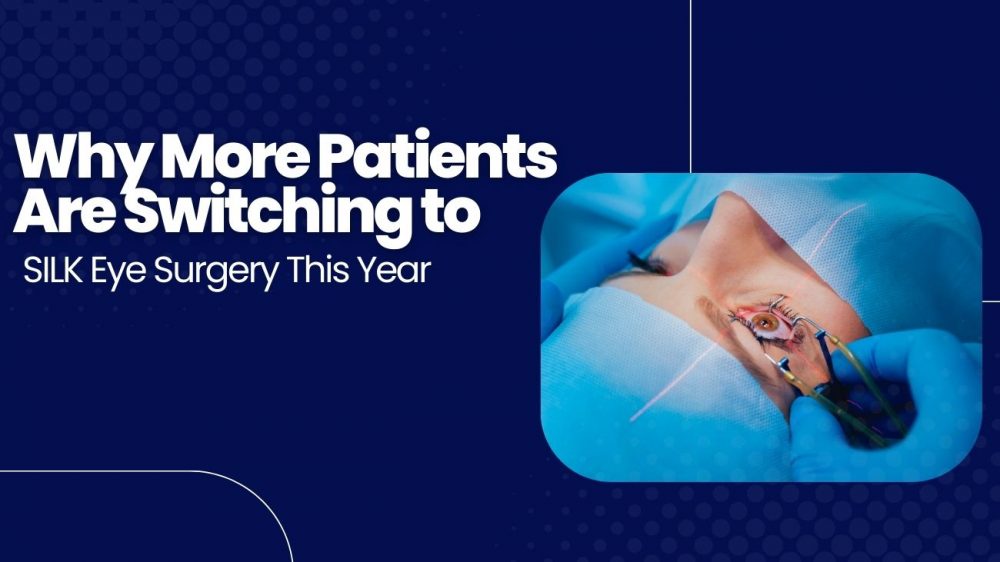
Bad luck; you had an accident, and you are at a crossroads to find an auto body shop that meets your needs. Finding one is only a part of it. There are a couple of things you need to clarify. However, the main issue you face is choosing between OEM and aftermarket parts.
Whatever you choose, every choice has pros and cons, as well as long-term impacts on the vehicle’s performance and worth.
What Are OEM Parts?
Every car manufacturer produces parts along with cars of various makes and models. OEM (Original Equipment Manufacturer) parts match the original features of a car, making the repair process easier and smoother. This makes OEM parts a popular choice for precise fit and consistency.
Key Advantages of OEM Parts
- They always make a perfect fit, because they are designed specifically for your make and model.
- They show consistent quality, as manufacturers keep the same standards as the original components.
- It offers a warranty.
- It also offers better resale value, because with OEM parts, it is easy to maintain vehicle value while repairing it.
Potential Downsides
- It costs more compared to aftermarket parts, but it’s worth its value.
- Availability is an issue; not always are the necessary components at hand. Some components may take longer to source, delaying repairs.
What Are Aftermarket Parts?
Besides brand manufacturers, there are third-party manufacturers who produce aftermarket parts. The quality of the product can vary. In some cases. It directly affects the quality. On the other hand, there are many reputable brands that offer dependable and affordable substitutes for OEM parts.
Key Advantages of Aftermarket Parts
- Compared to OEM part, the aftermarket parts cost lower, which makes them more affordable option.
- Another benefit that aftermarket parts have is wide availability. In general, it is far easier to get parts in stock and ready for quick installation than in case of OEM parts.
- It also offers a big variety of options. In addition, some parts are built to improve durability or performance beyond OEM standards.
Potential Downsides
- When it comes to downsides, it has quality issue, as not every manufacturer follows the same production standards.
- It also has fitting issues, as it’s not from the original components. So, it also requires adjustments during installation.
- Voided warranties can affect existing warranties.
Which Option Is Better for Collision Repair?
Your priorities will determine the best option. If you opt for OEM parts, you are safe from compatibility issues, the repair is fully in line with factory specifications, the highest possible resale value is guaranteed, and finally, consistency and simplicity will be there. In case of aftermarket parts, you have an economical fix, wide availability of parts and competitive choices from several brands. If the issue is cosmetic, you can choose aftermarket parts, but in case of safety-critical components, always go with OEM parts.
What Do Insurance Companies Prefer?
Insurance companies prefer aftermarket components. However, local laws matter as well your policy. So if you need OEM components, you can request them if your policy allows. Before starting any repairs, always check your coverage and talk to your collision shop about the available parts.
How Part Choice Affects Vehicle Safety
Always put safety first. Many aftermarket components work well, but OEM parts make sure that they fit and work well in an accident. If your car has advanced driver assistance systems (ADAS), you may need OEM parts to make sure the calibration is correct.
Conclusion
To sum up, everyone is free to choose between OEM and aftermarket parts. However, always consider all the pros and cons to understand the possible outcomes of using them. By understanding their differences, you can easily make well-informed decisions that support your budget, safety, and long-term satisfaction.





